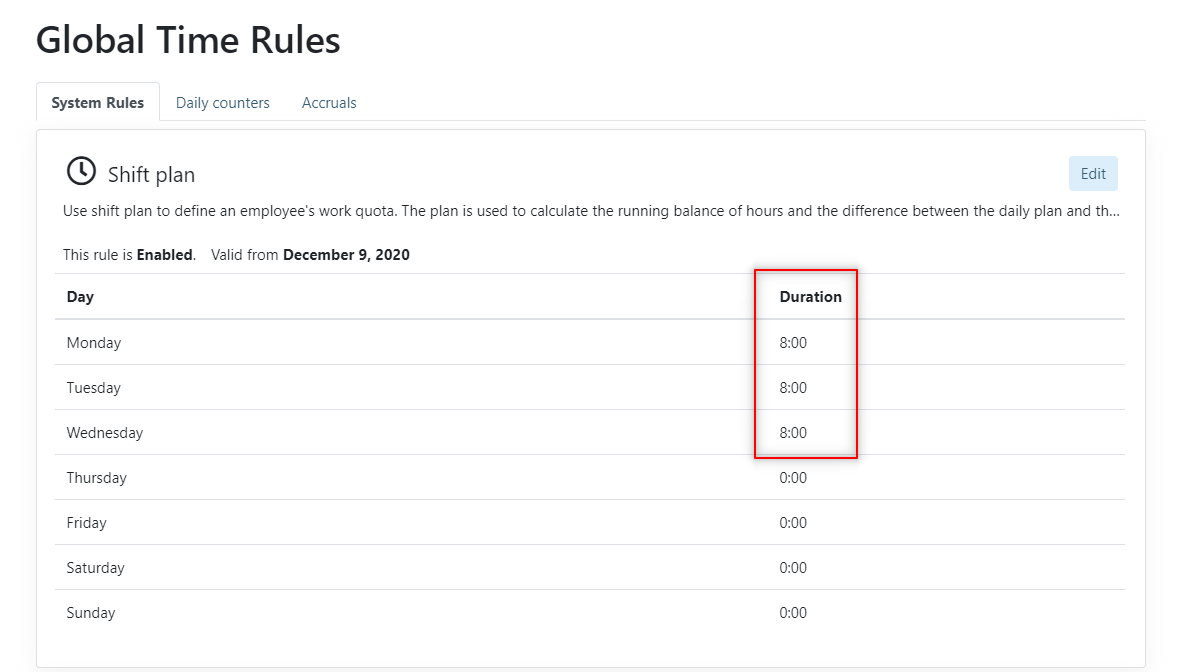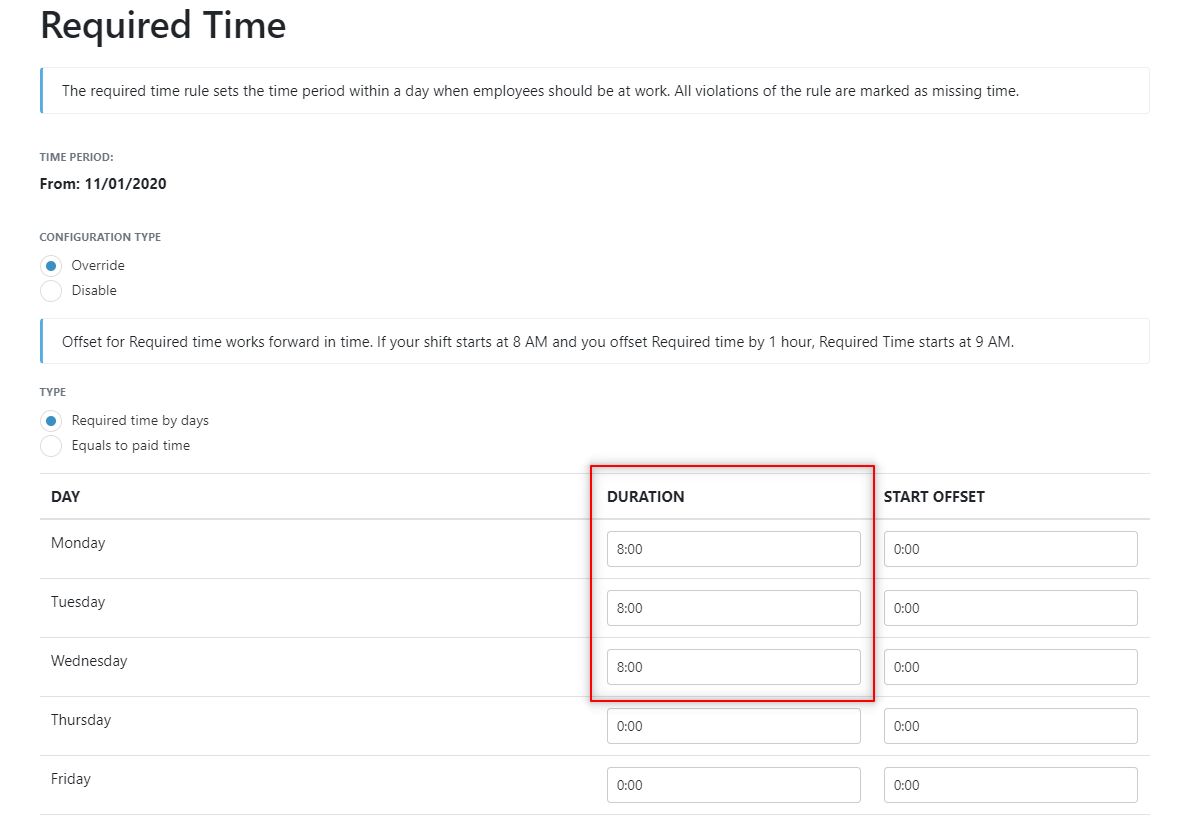Part-time work: the Definition, Pitfalls, and Pluses


Part-time work or a part-time job is a flexible work arrangement which means working less than full-time hours.
It usually means working fewer days per working week and employees are normally considered to be part-time if they commonly work fewer than 30 hours per week.
Part-time employees receive the same employment entitlements as full-time workers on a pro-rata basis.
For example,
employees work schedule in a part-time work arrangement can consist of:
- Three 8-hour days a week
- Five 4-hour days a week
- Two 10-hour days a week
- Any other distribution of hours agreed upon by the employer/employee
Part-time work is especially convenient for young moms and dads, students, retirees, people who want to start their own business and need more time, and all other workers who can’t work, or don’t need, a full-time job.
Part-time work leaves employees more time and energy for other activities, so it’s especially appropriate for family-oriented people.
From the employee’s point of view, there are a number of factors to consider when looking at part-time rather than full-time employment. Employees might consider absolute income first, but there are other important factors involved, such as: family time, overall stress and health, transportation costs etc.
Part-time work can also be combined with some other types of work, such as:
- Job-sharing, which means one full-time job split into two part-time jobs
- Part-time parental leave, which means a parent works part-time besides their work in the home
- Progressive retirement, which means reduced working hours for employees nearing retirement
Advantages and disadvantages of part-time work
There are of course some key advantages and disadvantages for employers and employees when it comes to part-time work. However, in most cases the pros outweigh the cons, so it’s definitely worth a try for both parties.
Advantages of part-time work
- Attracting applicants from a wider employment pool
- Retaining valued employees who may not want or be able to work full-time
- Possibly enabling the employer to reduce costs without reducing staff
- Enables the employer to cover busy periods efficiently
- More free time, flexibility, and work-life balance for employees
- Enhances employees morale, productivity, and commitment
- Reduces absenteeism and tardiness
Disadvantages of part-time work
- May cause under-staffing at times
- May create difficulty in scheduling meetings, coordinating projects
- Difficulty in measuring working hours and performance of part-timers
- Could negatively affect the employee’s income and benefits
- Could negatively affect the employee’s career advancement
- Employee may be viewed as less committed by colleagues
- Supervision issues
- The employee’s other job duties need to be reassigned
Where to start with part-time work as a job seeker
Not every occupation is suited to part-time work. First of all, it makes sense to find the most appropriate type of part-time work for you, considering your preferences and competences.
Then you must take into consideration the payment and flexibility you expect. A part-time job can be shift-based or self-scheduled. More demanding jobs are of course paid better than others.
Examples of occupations that are suitable for part-time work:
- Security officer
- Personal or taxi driver
- Warehouse worker
- Nanny
- Accountant
- Programmer
- Receptionist
- Construction worker
- Real estate agent
- Freelancer (if you want to become a freelancer check our solution, My Hours, for time tracking, reporting, and invoicing)
Many part-time jobs can also be done from home. Today, when remote work is becoming extremely popular, (and necessary) working from home part-time can be a mutually beneficial arrangement.
Where to start with part-time work as an employer
As an employer, it makes sense to answer the following questions if you’re considering part-time work:
- What work should be accomplished in the reduced hours?
- How will the rest of the employee’s work be handled – if there is any? Can their position be logically split? Can you reassign some of their tasks, or will another employee be required?
- How will the employee’s performance be evaluated?
- How will the employee’s working hours be tracked?
- What impact will part-time work have on the employee’s future? (career advancement, future hours, etc.)
- Will the employee be flexible when there is an emergency or temporary work overload?
- Will customers or colleagues suffer as a result?
As in any flexible arrangement, it is of course very important that your company has established a system of communication and company data sharing, so that team members can pick up each other’s work and respond to urgent queries when needed.
Our time & attendance solution, All Hours, supports part-time work management
Here is how you can manage time & attendance of part-time workers in All Hours:
1. Set the ‘Shift Plan’ rule to any number of hours on any day of the week to create a desired work schedule combination, for instance 8 hours per day from Monday to Wednesday.

2. Set the ‘Paid time’ rule for the time in which worked hours for each employee will be taken into account as paid time. Here we setup each day as paid to account for occasional shift changes giving employees more flexibility and avoiding manual corrections of hours.

3. Set the ‘Required time’ rule according to the employee’s plan. If they are absent from the office during the required hours, this will be marked on their timeline as missing time.

You can setup when Required Time start with the Shift Start rule. For instance, you can set the Shift Start rule to 9 AM.

Track your flexible work hours with All Hours. Try it out for free, all features included.






